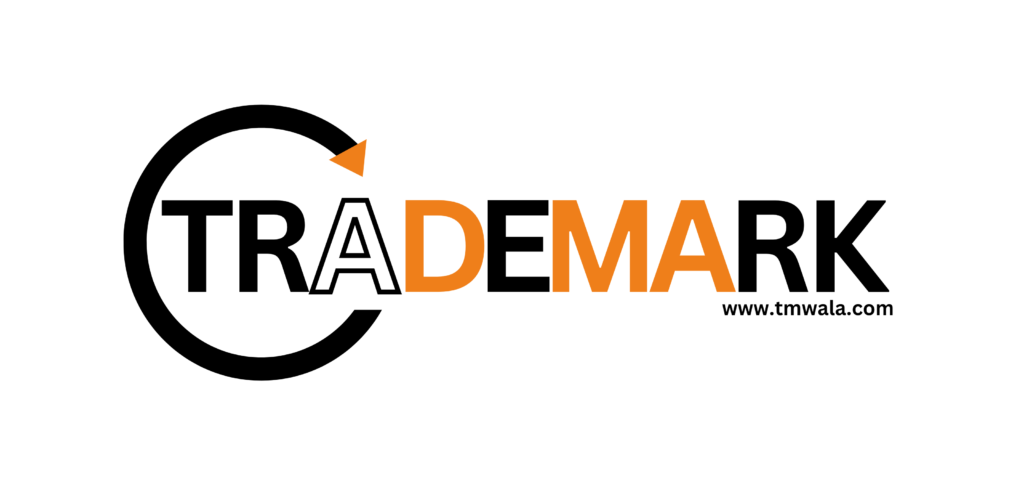
₹4,000.00 Original price was: ₹4,000.00.₹1,999.00Current price is: ₹1,999.00.

If you’re new to the world of Goods and Services Tax (GST), you’ve probably come across the term Reverse Charge Mechanism (RCM) and wondered what it’s all about. Don’t worry! We’re here to help you understand this concept in a simple, straightforward way. Let’s dive into what Reverse Charge Mechanism is, how it applies to both goods and services, and why it’s important under the GST law.
Normally, under GST, the supplier of goods or services is responsible for collecting and paying the tax to the government. This is known as the forward charge mechanism. However, under the Reverse Charge Mechanism (RCM), this responsibility shifts from the supplier to the recipient. Essentially, the buyer has to pay the tax directly to the government instead of the seller.
Reverse Charge Mechanism helps regulate tax collection when dealing with unregistered suppliers, cross-border transactions, or certain notified goods and services. It ensures tax compliance and prevents tax evasion. But before we dive deeper, let’s break down Reverse Charge Mechanism for both goods and services.
Reverse Charge Mechanism is not universally applied. Instead, it applies to specific notified goods and services or certain situations as prescribed by the GST law. Below are two main scenarios where Reverse Charge Mechanism is applicable:
For certain goods, Reverse Charge Mechanism is mandated by law. Some of the common goods covered under RCM include:
These notified goods ensure that the buyer meets the GST obligations, especially in transactions involving unregistered suppliers or exempt suppliers like farmers.
Reverse Charge Mechanism is more commonly applied to services than goods under GST. Some of the common services that fall under Reverse Charge Mechanism include:
And many more services fall under the Reverse Charge Mechanism as well!
These provisions ensure that GST is effectively collected, even in scenarios where the service provider may not be registered under GST or is located outside India.
To make it easier, let’s walk through an example. Imagine you run a small business, and you hire a legal advisor (advocate) for some consultation services. Under normal circumstances, the legal advisor would charge you GST, collect it, and pay it to the government. However, legal services fall under the Reverse Charge Mechanism, meaning you (as the recipient) are responsible for paying the GST.
Here’s how it works:
RCM was introduced under GST for several reasons:
Navigating the RCM requirements can be tricky, but following this checklist can help:
Under GST, the Reverse Charge Mechanism (RCM) places the responsibility to pay tax on the recipient of goods or services rather than the supplier. For online aggregators, like ride-sharing or food delivery platforms, this means they may be liable to pay GST on behalf of unregistered service providers using their platform.
Online aggregators act as intermediaries, facilitating transactions between service providers (like cab drivers or delivery agents) and customers. In situations where these service providers are not registered under GST, the aggregator must fulfil the GST liability under Reverse Charge Mechanism. This ensures tax compliance and avoids potential revenue leakage in sectors with a high number of unregistered small service providers.
For example, if a ride-hailing platform connects customers to unregistered cab drivers, the platform is required to pay the GST on services provided, under Reverse Charge Mechanism. The GST is charged on the full value of the service, even though the drivers themselves may not be GST-registered. This obligation extends to various services where the suppliers are individuals or small businesses that do not meet the threshold for GST registration.
Additionally, online aggregators are responsible for timely GST payment and filing returns under Reverse Charge Mechanism. Failing to meet these obligations can lead to penalties, interest charges, and compliance complications. The rules ensure that tax is still collected efficiently, even if the individual service providers are not directly paying GST themselves.
Understanding Reverse Charge Mechanism obligations is crucial for online aggregators to avoid non-compliance and to ensure the tax is correctly accounted for in transactions facilitated through their platforms.
In conclusion, understanding the Reverse Charge Mechanism under GST law may seem complex at first, but breaking it down into simpler steps can make it manageable. Whether you’re dealing with goods or services, knowing when Reverse Charge Mechanism applies, how to comply, and how to maximize Input Tax Credit can save you a lot of hassle.
The key is to stay informed, keep your records in order, and follow the Reverse Charge Mechanism checklist to ensure full compliance. Now you’re ready to navigate the world of GST like a pro!
Happy GST filing!
Want GST Registration? Get it today from TMWala: https://tmwala.com/gst-registration/
Link to the official GST portal: https://www.gst.gov.in
Get started instantly
"*" indicates required fields

TMWala
Your one stop shop for all your business registration and compliance needs.
"*" indicates required fields
Choose your Entity Type
Non-MSME/ Large Entitie
Individual/ MSME/ Sole Proprietorships

₹9,000.00 Original price was: ₹9,000.00.₹3,999.00Current price is: ₹3,999.00.
Trademark Application @ ₹3999* (Premium Discounted Plan for MSME/Individual/Sole Proprietorships) Comprehensive
Government Fees
₹4500/-

₹9,000.00 Original price was: ₹9,000.00.₹3,999.00Current price is: ₹3,999.00.
Trademark Application @ ₹3999* (Premium Discounted Plan for Non-MSMEs/Large Entities) Comprehensive
Government Fees
₹9000/-
Choose your Entity Type
Individual/ MSME/ Sole Proprietorships
Non-MSME/ Large Entities
₹3,500.00 Original price was: ₹3,500.00.₹1,999.00Current price is: ₹1,999.00.
Government Fees
₹4500/-
₹3,500.00 Original price was: ₹3,500.00.₹1,999.00Current price is: ₹1,999.00.
Government Fees
₹9000/-
Choose your Entity Type
Individual/ MSME/ Sole Proprietorships
Non-MSME/ Large Entities

₹1,500.00 Original price was: ₹1,500.00.₹999.00Current price is: ₹999.00.
Trademark Application @ ₹999* (Basic Discounted Plan for MSME/Individual/Sole Proprietorships) Best-Selling, Economical & Easy

₹1,500.00 Original price was: ₹1,500.00.₹999.00Current price is: ₹999.00.
Trademark Application @ ₹999* (Basic Discounted Plan for Non-MSMEs/Large Entities) Best-Selling, Economical, Quick and Easy